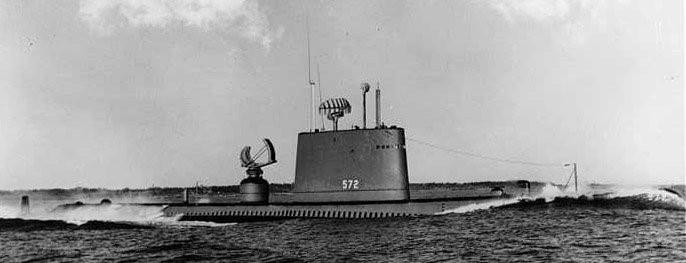In May 1939, the U.S. Navy submarine Squalus sank in a diving accident. Half the crew died; the rest were rescued, in part due to their sister submarine Sculpin. Squalus, refloated and refurbished, was recommissioned as Sailfish. In December 1943, Sailfish became the first U.S. Navy submarine to sink a Japanese aircraft carrier.
“Strike of the Sailfish: Two Sister Submarines and the Sinking of a Japanese Aircraft Carrier,” by Stephen L. Moore, tells the story of Sailfish, Sculpin, and Chuyo (the aircraft carrier that Sailfish sank), during World War II.






